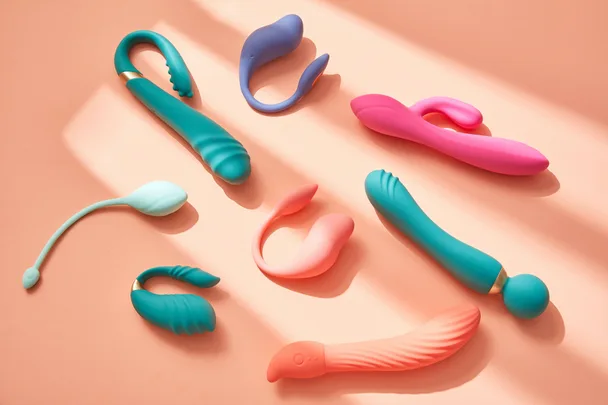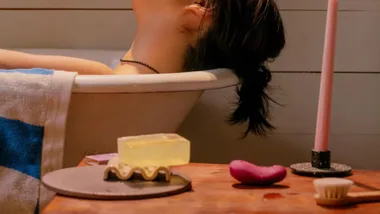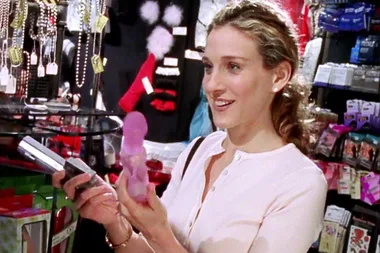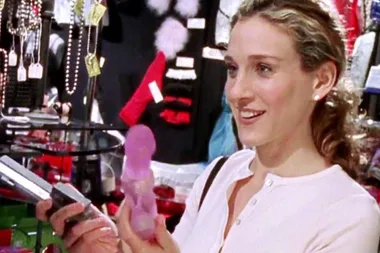When an episode of Sex and the City showed Samantha (Kim Cattrall) attempting to return a “neck massager” because it failed to “get her off”, the ripple effect was astounding. This was 2002 and, although such sex toys had existed for decades, it was one of the first times we’d seen them, shamelessly, in popular culture.
As a result, sales of The Magic Wand – the microphone-shaped massager that Samantha appeared to be using – went through the roof. A similar product placement for The Rampant Rabbit would see sales jump by a claimed 700 per cent annually.
It’s been more than 50 years since The Magic Wand launched in America, initially marketed as a massager before word spread that it had other uses. To this day, the brand reports half a million sales a year. Now it’s available to buy in Australia – but it has some stiff competition.
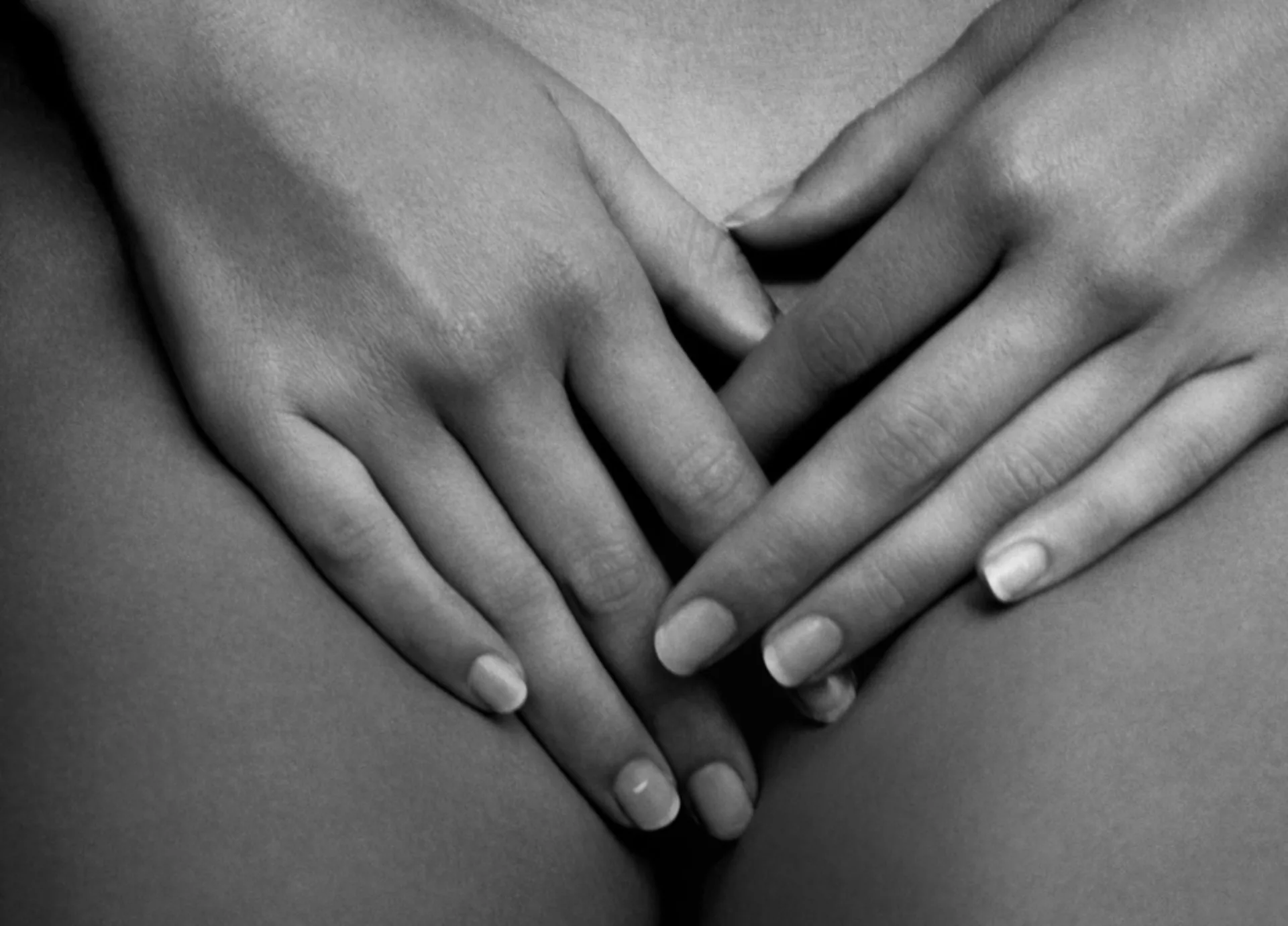
In Australia, our sex toy trends tell us more about our country than the Census, with our shopping habits linked to our relationship status and even the state of the economy.
We buy more sex toys once we’re married, according to research. We also buy more sex toys in a recession. During lockdown, sales surged by 350 per cent (clearly, we were all masturbating and making banana bread).
Australia’s “sexual happiness” retailer Lovehoney fills more than half a million orders a year (that’s an average of 10,000 a week), and tastes are changing to reflect sexual fluidity and feedback from the LGBTQI+ community, including “gender-neutral toys” for every body.
Their bestsellers include the Womanizer Pro40 Clitoral Stimulator, which uses patented “Pleasure Air Technology” to “enclose the clitoris without touching it”, and the Extra Powerful Massage Wand Vibrator (as one review states: “Guaranteed Out-cum: arriving is inevitable and involuntary”).
In the past, sex toys were sold only in speciality stores but now they’re popping up in pharmacies and department stores (although it depends where you live – New South Wales indecency laws still prohibit “advertising or displaying products associated with sexual behaviour”).

A sex toy line is the new perfume range for celebrities, with Cara Delevingne, Demi Lovato and Gwyneth Paltrow fronting their own range of sex-cessories. Which is a great thing, right?
We’re all for sexual liberation! So why, in an era of sex positivity, are toys facing a backlash – and with women the loudest critics?
A quick Google search finds women “weaning off” their vibrator and “going sex toy cold turkey”. As one blogger wrote, “Vibrators are another form of male-driven sexuality being thrust onto women. The drilling, the vibrating; very wham-bam-thank-you-ma’am.” In response, there’s a movement for “slow sex” and orgasming “the old-fashioned way”. More flicking the bean, less
battery power.
And then there’s the sexperts. A growing number of sexologists and relationship coaches (male and female) are blaming sex toys for making us sexually lazy and disconnected from our own
bodies, and the sex toy industry for distorting our view of desire.
It reminds me of the more-recent backlash against the pill. Once seen as a victory for feminism, it is now less so. In fact, it’s seen by many as another way to manipulate a woman’s body – a Band-Aid solution to a range of physical and emotional inconveniences.
Meanwhile, we’re left scratching our heads and wondering: should we be screaming in pleasure or frustration?
The Thrill Ride
My collection of erotic toys began when I was widowed in my early twenties. A well-meaning friend – my ride or die from university – bought me a Rabbit, and I was hooked. Before this, my only experience with sexual “enhancers” were the little blue pills my first husband was given during chemo. Like Charlotte in that Sex and the City episode, I was grateful for the escapism of a guaranteed orgasm. Since then, my collection has grown and diversified: a mini bullet for travel, waterproof vibrator for aqua activities, and app-controlled devices for couples’ play – the list goes on.
When I met my current husband, sex toys made their way into our sexcapades quickly (I was researching an article on eco-friendly sex toys when we met). Ten years later, we are part of the 45 per cent of couples who have used sex toys in the bedroom – and outside it.
For us, there have been highs and lows. When I was in labour with my first baby, we used a clitoral stimulator to ease the pain of my early contractions (on the advice of my doula). During my second pregnancy, we “lost” a bullet vibrator inside me (thankfully, we didn’t end up in the emergency room).

My kids are now three, five and six. In my desire to create a pro-sex household (I come from a Catholic background so I experienced the opposite), I charge my sex toys openly in our bathroom. I’ve been known to hand out sex toys to mothers at the school bus stop, when they’ve been gifted to me. I want to raise my children, especially my daughters, to feel connected to their bodies and to not demonise the pursuit of pleasure.
But I’ve also experienced the downsides of “mummy’s little helper”. In the exhausted haze of early parenthood, I have deferred to a vibrator over my partner on too many occasions. When I’m feeling emotionally vulnerable, or my past trauma has been triggered, I’ve pushed him away in favour of a fast, solo session.
These are the kind of choices that sexperts are warning us about: choosing speed, convenience and a quick-fix solution over real intimacy and genuine connection. So what do we do? We question the real value of sex toys and how we use them for pleasure, stress-release, escapism and, sometimes, avoidance.
Who’s on Top?
In the history of sex toys, the truth is murky. There is a widely spread tale that the first vibrator was created by Cleopatra: the story goes that she filled a hollowed gourd with bees to stimulate her genitals. You’ll be relieved to hear there is no evidence to support this.
There’s also the questionable idea that it was created by Victorian doctors to treat “hysteria” in women (as depicted in the 2011 movie Hysteria). The validity of this story is also in doubt. What we do know is that by the 1980s and ’90s, intimate massagers were getting smaller, quieter and more popular.
In the early days, they faced backlash: the Rabbit was a rabbit shape (and hot pink!) to bypass Japan’s obscenity laws. Men felt threatened by the so-called BOBs (Battery Operated Boyfriends). They got over it, mostly. But now it appears to be women who are questioning the benefits.
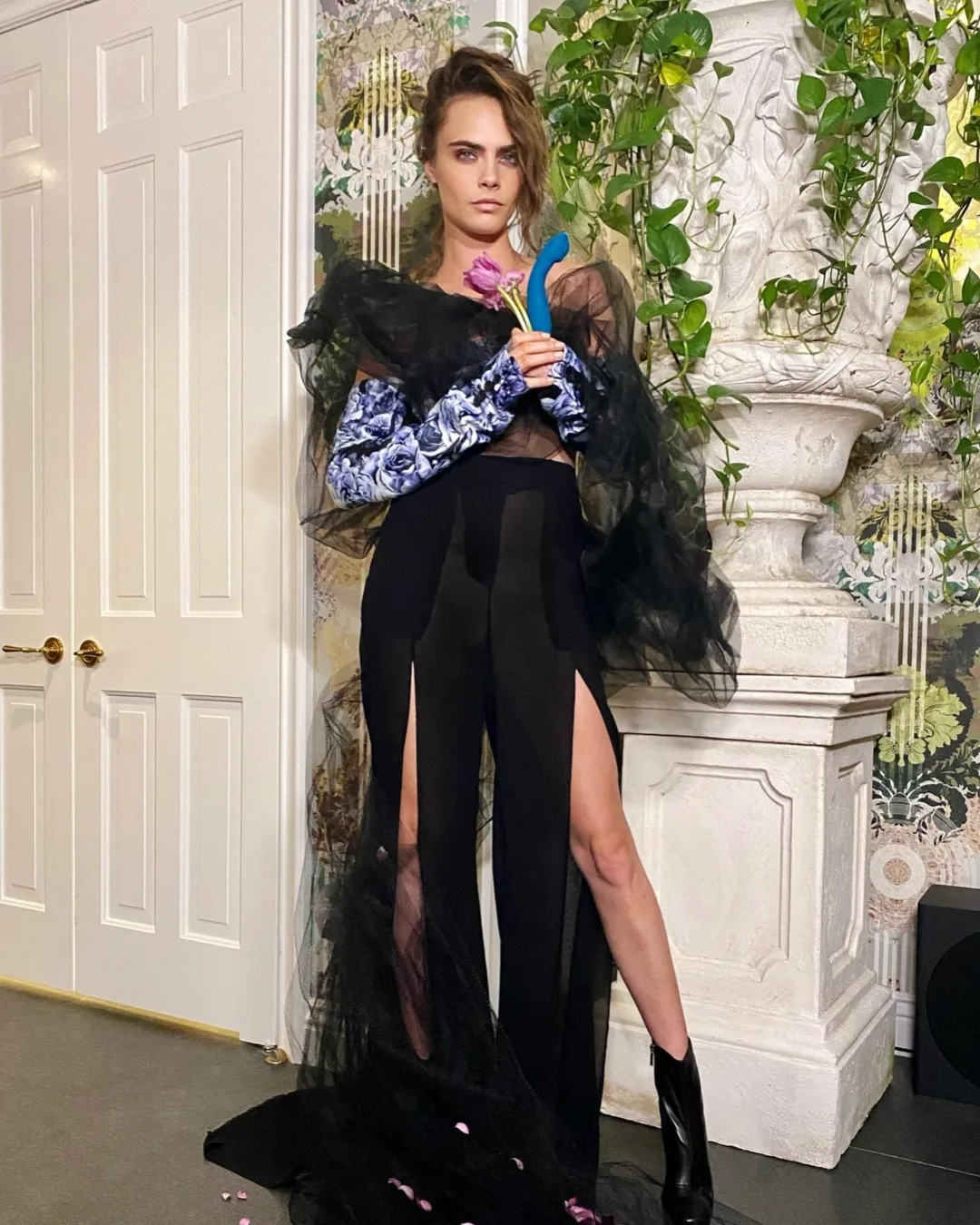
Julie Tenner is a relationship and intimacy coach from Victoria, and the creator of Lovers School. She believes, we shouldn’t villainise sex toys nor over rely on them. “Sex toys can be
the easiest, most stress-free way to experience orgasm alone or with a partner, which can be incredibly connecting and bonding,” says Julie.
But she also lists a range of downsides, including using self-pleasure as a way of “not needing” our partner, and the risk of “numbing” our genitals. “If toys become the only way you have sex or can orgasm, you’re now reliant on a device for your own arousal – and it stops being powerful and connective,” she warns.
This is where it comes down to motive. Are you using a sex toy as a novel way to explore your sexuality and help initiate arousal? Or has it become a means to an end – the fastest way to reach the finish without enjoying the journey?
Different Strokes
Elena Rossi is a “female libido specialist” who addresses “libido killers” in long-term relationships. She believes the sex toy industry sells us a lie: that orgasm is the goal of sex. In doing so, it can oversimplify the complexities of desire and connection.
According to Rossi, a toy is “a fun thing you can play with once in a while”, but it shouldn’t be a substitute for really understanding your sexual psyche: what makes you feel emotionally safe; how your libido ebbs and flows; how male and female sexualities differ.
“Every person’s sexuality is unique like a fingerprint and therefore every woman’s libido story is personal to her,” says Rossi. “A fun vibrator will only temporarily mask the issues.”
Part of the problem is that we don’t always shop wisely, especially when we take the lead from influencers. The Lelo Sona 2 Cruise vibrator saw a huge boost in sales after Khloé Kardashian gave one to Kim and Kourtney (and, of course, shared it with her followers). It’s probably a great toy for some, but is it right for you and your privates?
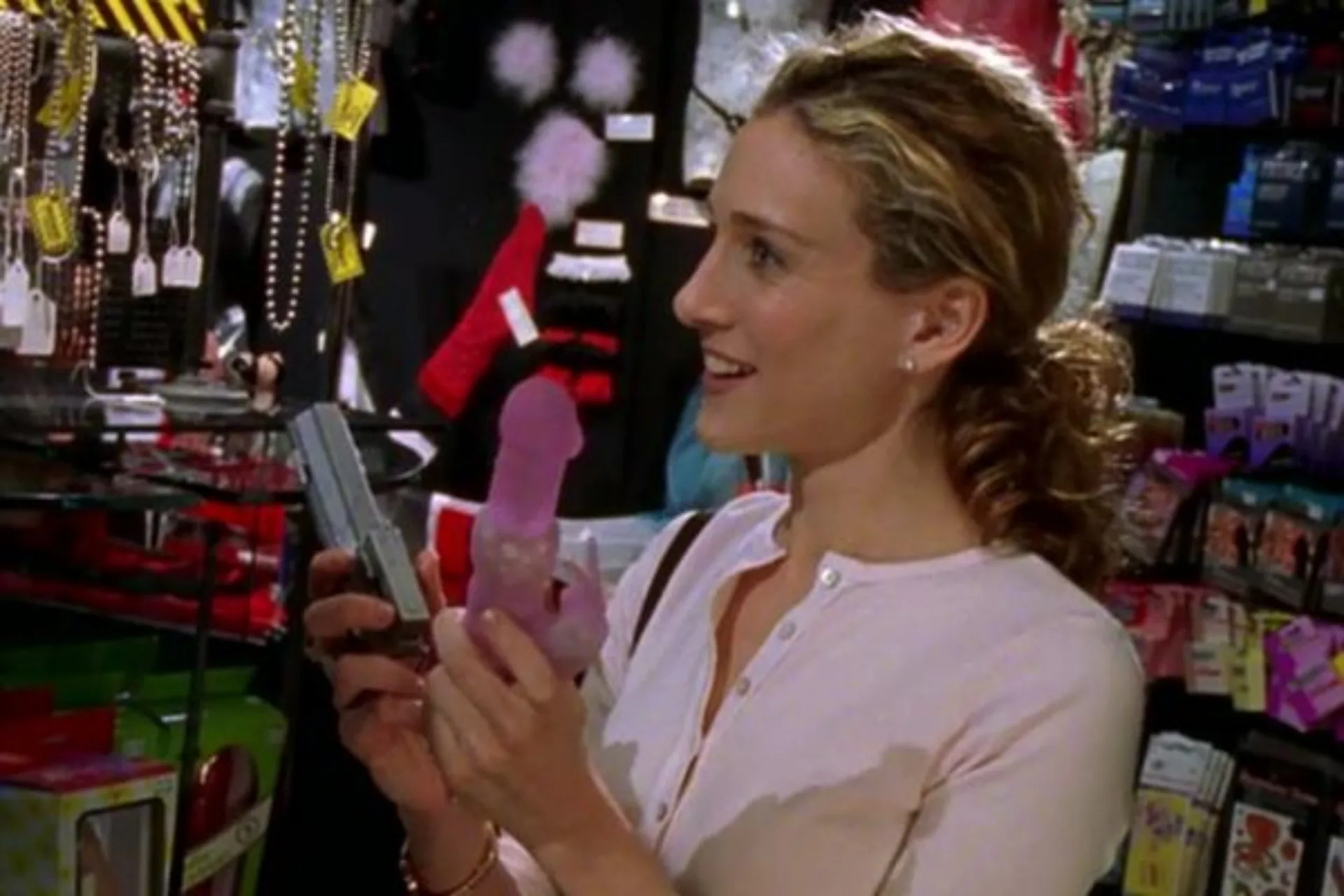
In defence of the sex toy industry, the one-size-fits-all approach is changing. There has never been more categories to choose from: a rise in “sensual” sex toys that have a focus on foreplay and flirting, not just the big finale, and “sex tech” that tackles health issues like dryness and painful penetration.
On its website, Lovehoney Australia has a “de-stress and relax” category – its customers have told it they use sex toys to ease the symptoms of anxiety, overwhelm and insomnia.
When American brand plusOne launched in Australia in 2023, it brought a focus on sexual wellness.
Its research found that after four weeks of masturbating with its products, 64 per cent of women felt “less bothered by feeling nervous, anxious or on edge for no apparent reason” and 71 per cent reported an improvement in sleep quality.
For me, this isn’t about artificially inducing pleasure. It’s about using sexual aids to bring more ease into our entire existence.
The Future of Desire
Despite negative criticism, with sex toys I don’t think we can go backwards, only forwards. We do live in a world of convenience and time-poverty and, yes, sometimes we crave the McDonald’s drive-through of orgasms. So sue me!
To me, what sex toys do best is spark curiosity and conversation, especially now they’re not a dirty little secret. I love that within my friendship group, we chat about our sexual “props”, especially when two genders join in openly. It’s a chance to discuss not only our sexual accelerators, but also our brakes and what stops us feeing safe and intimate.
My husband’s best friend – another guy – bought him a male masturbator for Christmas … and it triggered me. Yes, me, the sex toy pusher. Despite all my talk of sexual liberation, my first thought was, “I’m being replaced.” It was an eye-opening moment, but it led to an intimate and vulnerable conversation between my partner and me, which only brought us closer.
“It’s not about the tool, it’s how it’s used that matters,” says Tenner. “Feeling like a sexual siren can feel powerful, boost your confidence, and stimulate a more positive mood and mindset. If toys help you get that, then they’re a low-cost, high-reward asset in your life.”
Our Top Picks Of The Best Vibrators To Shop In 2024
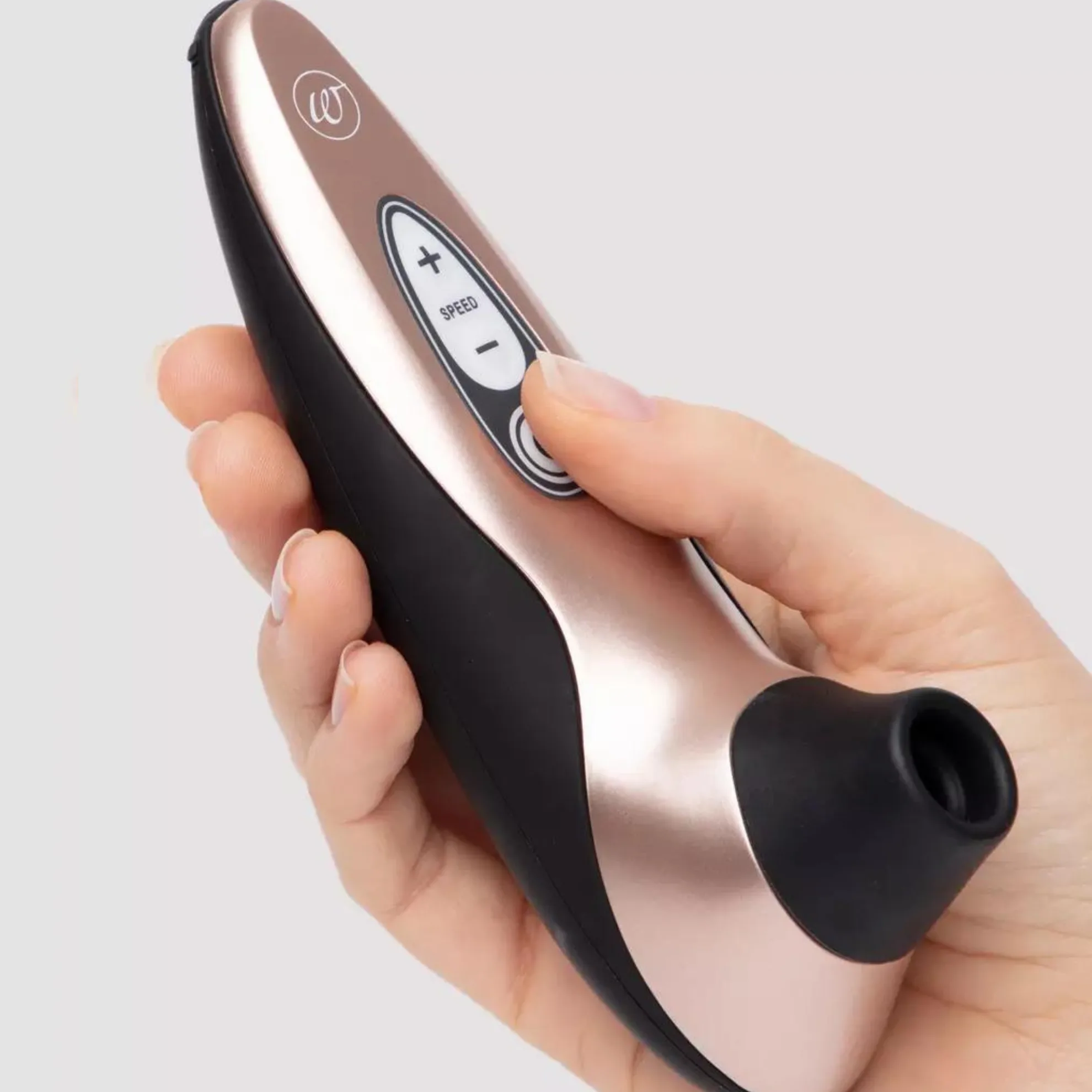
01
Womanizer x Lovehoney Pro40 Rechargable Clitoral Vibrator
$169.95 at Lovehoney
Womanizer’s “pleasure air technology” changed the game when it came to clitoral stimulation–using air pulses to create a sucking sensation, as opposed to relying purely on vibrations.
Key features:
- Pleasure air technology for clitoral stimulation
- 6 levels of intensity
- Waterproof
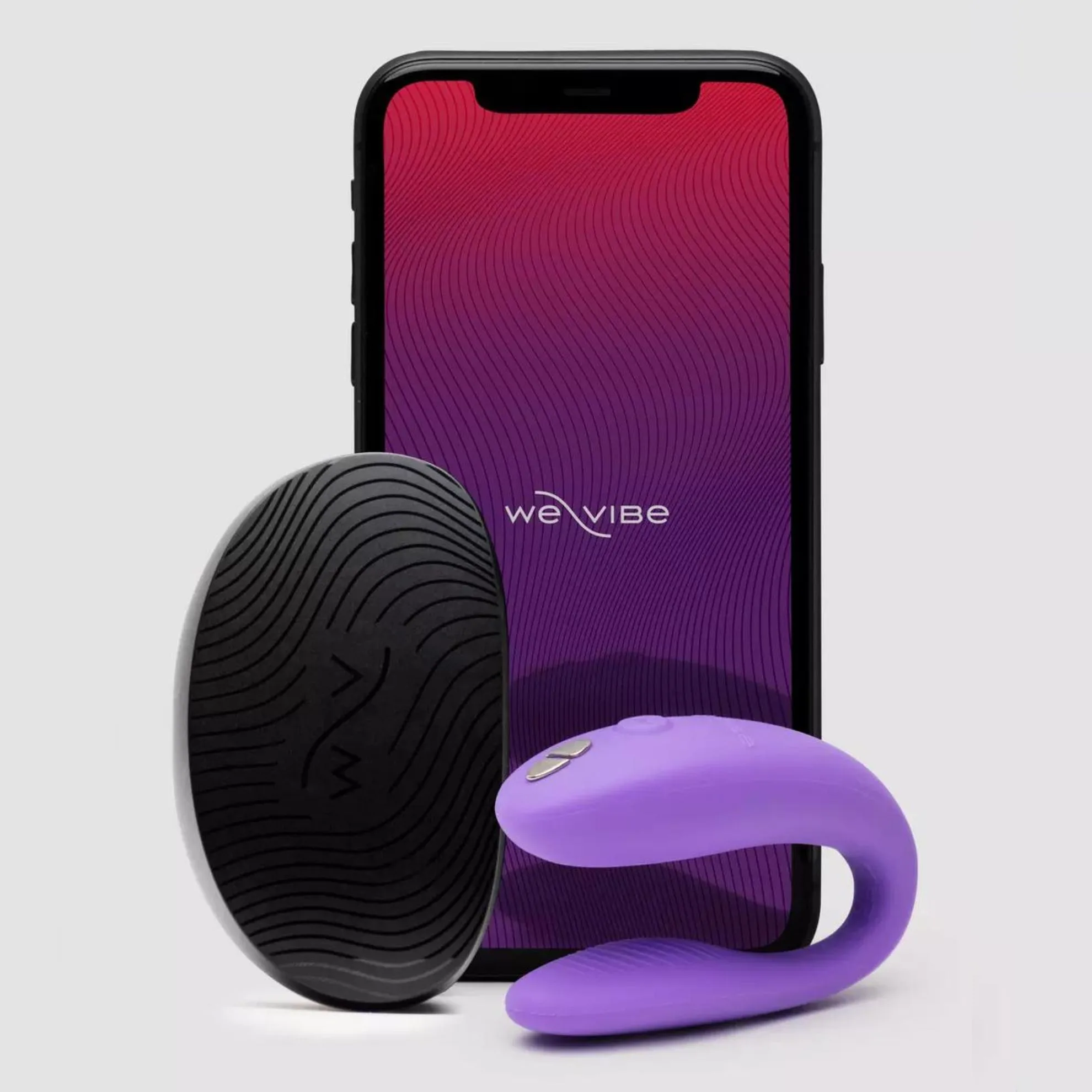
02
We Vibe Sync Go
$159.95 at Myer
Perfect for both couples and solo play, this nifty little vibrator offers both internal and clitoral stimulation and is petite enough to be worn during sex, gently hugging the contours of your body. Bonus points go to the app-control function making foreplay anywhere, anytime at delightful possibility.
Key features:
- Free We-Vibe app and remote control
- 10 intensity levels
- Two powerful motors
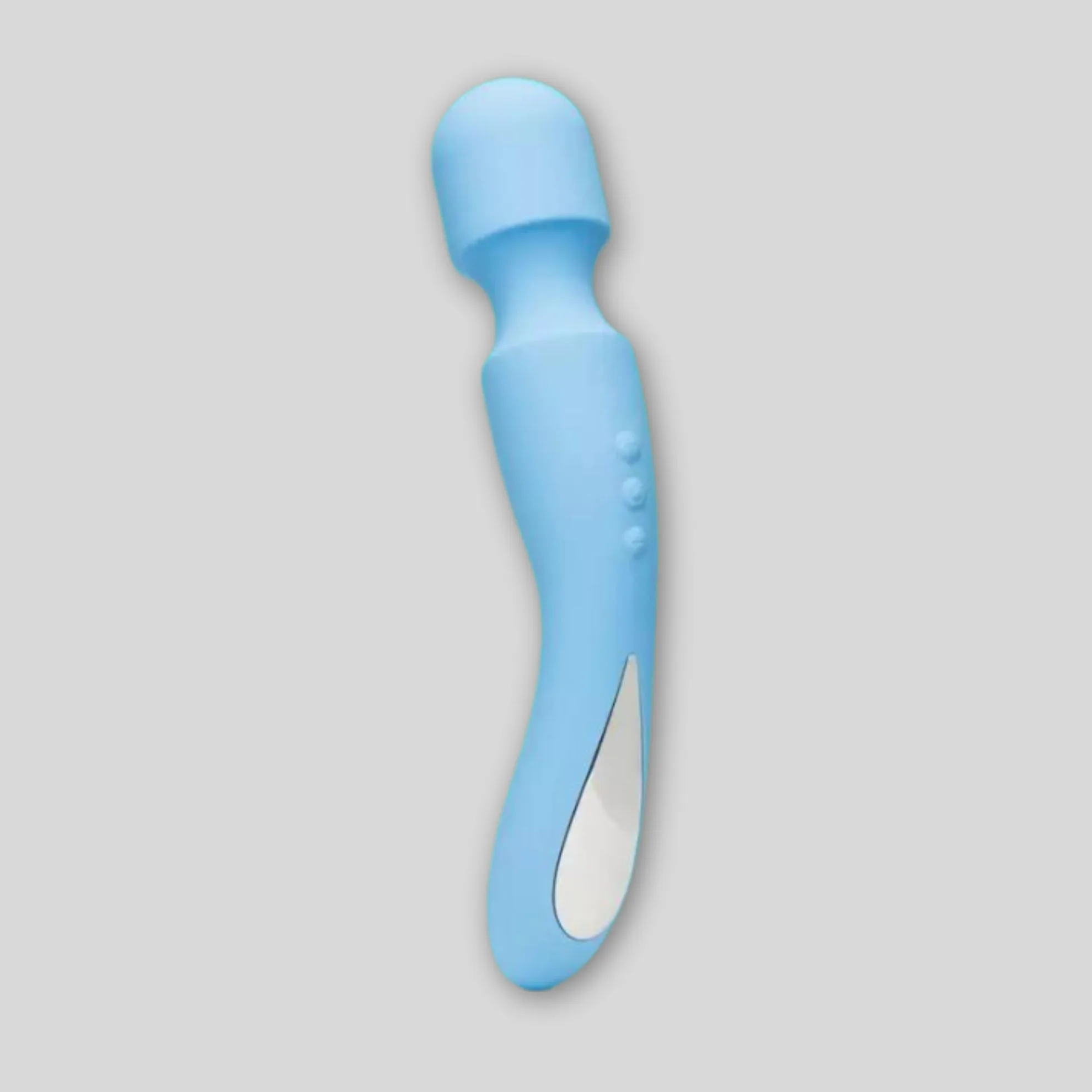
03
Mon Ami Body Wand Massager
$99.95 at Myer
A true classic when it comes to sex toys, this body wand massager is powerful yet discreet with a quiet motor delivering intense vibrations in 5 speeds and 7 different patterns.
Key features:
- 5 speeds and 7 vibration patterns
- Waterproof
- 60 minutes uninterrupted battery life
